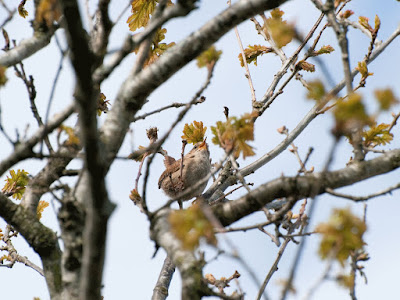
hedgerow painting by Mother Nature, and below the mysterious innards of the comfrey flower. (Linnaeus, the great cataloguer and botanist, was famous for his interest in things scatological, and the interiors of flowers are really very lascivious, but it is hard to find anything meaningful in comfrey's latin name, symphytum officinale ....unless it is a subtle reference to, well only doctors and physiotherapist will know).
 .
.











































